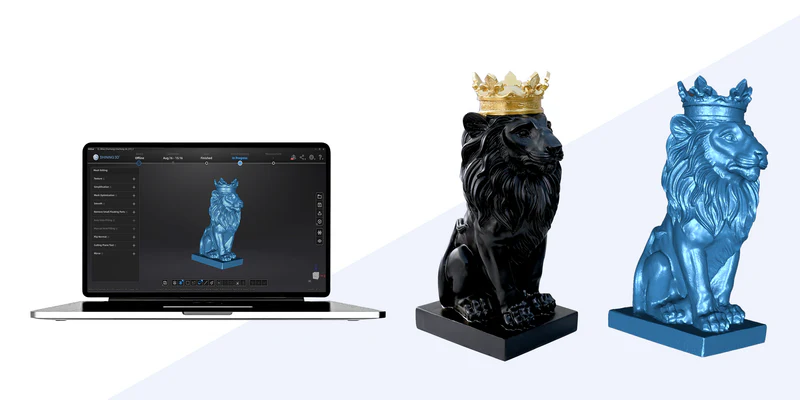When it comes to 3D printing, the quality of the scanned model plays a big role in the outcome of the final product. At EINSTAR, we understand the value of dependable tools that help creators, engineers, and hobbyists achieve consistent and high-quality results. If you're exploring options for the best 3D scanner to support your 3D printing workflow, it's worth taking a closer look at how different features influence the scanning experience.
What to Look for in a 3D Scanner for 3D Printing
Not all 3D scanners are the same, and choosing one often depends on the type of objects you're working with, the level of detail you need, and your preferred workflow. Many users consider how well the scanner handles surface textures, especially when dealing with dark or glossy materials. Ease of use, scan speed, software compatibility, and the ability to capture color details are also common factors in the decision-making process.
At EINSTAR, we've worked to create a 3D scanner for 3D printing that balances these elements thoughtfully. While there are many capable devices on the market, we focus on reliability and practical performance that supports the work of creators at all levels.
Why High-Resolution Scanning Matters
In 3D printing, the cleaner the scan data, the less time you'll spend refining models before printing. Our EINSTAR's scanner offers high-resolution scanning that captures fine features while maintaining a smooth workflow. Whether you're working on figurines, product prototypes, or educational models, quality input leads to better output.
We've also included a built-in RGB color camera, which allows users to scan with true-to-life color capture. This is especially helpful when creating models that require realistic textures or visual references in digital form.
Handling Challenging Surfaces with Confidence
Some surfaces are more difficult to scan than others. Black or reflective materials often cause disruptions in data collection, leading to gaps or noise in the scan. We've addressed this by using infrared VCSEL technology, which is especially effective for scanning dark and shiny surfaces. This makes it easier to scan a broader range of objects without applying sprays or workaround methods.
Real-World Use and Reliable Results
We designed 3d scanners with everyday usability in mind. It's a practical tool for anyone working in small studios, educational settings, or workshops. While it might not be intended for industrial-scale projects, it holds up well in scenarios where consistency and ease of use matter most.
Many users in the 3D printing space have found that EINSTAR fits seamlessly into their process—from capturing raw data to final print. The software experience is streamlined, and the hardware is portable enough to move between workspaces without fuss.
Conclusion
3D scanning is an important step in the creative and technical workflow. At EINSTAR, our goal is to support this process by offering a scanner that's dependable, easy to work with, and capable of producing high-quality scans. We're not here to overstate what a scanner can do—we're here to offer a tool that fits naturally into your 3D printing projects and helps you bring ideas into form with confidence.









Share:
What Makes the EINSTAR VEGA Scanner a Handy 3D Tool for Creators
Making Informed Decisions When Shopping for a 3D Scanner Online